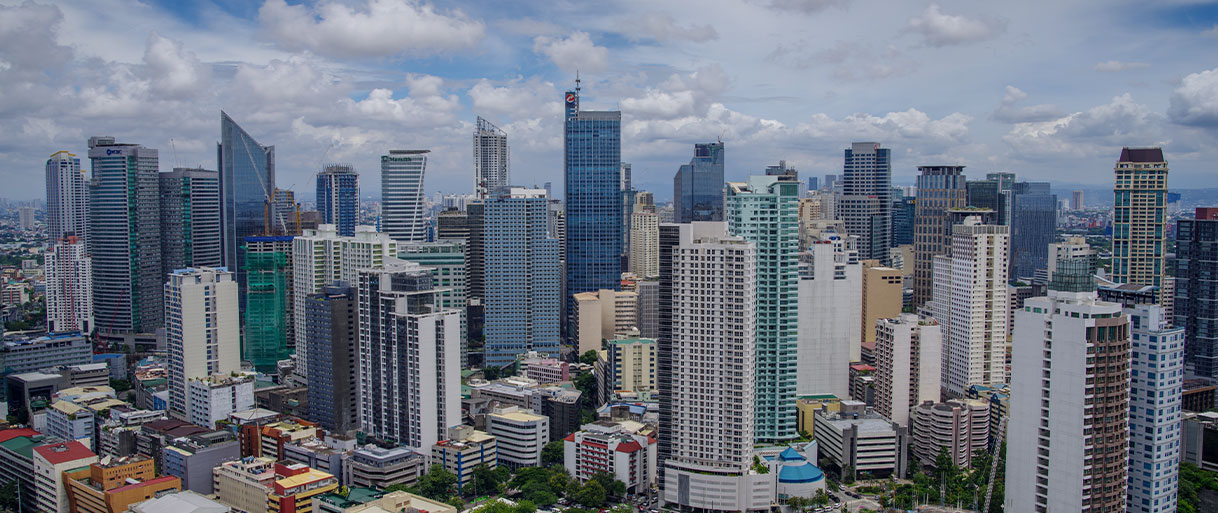The ENGIE solution for PBCom: an innovative, low-energy air conditioning solution
In 2019, PBCom signed a ten-year energy efficiency contract for ENGIE to improve its head office's energy efficiency. ENGIE undertook the project with property developer Filinvest Land Inc., its key partner in the country for developing energy-efficient and renewables infrastructures.
Together, they designed, financed and built a new chilled water plant enabling the 52-floor tower to make energy savings, according to the BOOT (Build-Own-Operate-Transfer) model*, and reduce the CO2 emissions from the building's air conditioning system by 44% over ten years.
Did you know?
This updated air conditioning system will also improve air quality and comfort for the building's occupants.
"I am confident that this landmark project will immensely improve the energy efficiency of PBCom Tower, and help reduce costs."
Maricel Brion Lirio, Filinvest Asia Corporation
“This energy-efficiency project at PBCom Tower is another vote of confidence and testament to our ambition in driving the country’s carbon neutrality agenda, and plays an important role in strengthening our long-term partnership with Filinvest and market position in the Philippines.”
Thomas Baudlot, CEO ENGIE Asie du Sud-Est
Key figures
- 4,103 MWh less electricity consumed each year, over ten years
- 44% reduction in CO2 emissions during the term of the contract
- 3,000 TR (tonnes of refrigeration) of total cooling capacity
*BOOT: Build-Own-Operate-Transfer contracts are widely used in the world for infrastructure development projects. The selected service provider finances and ensures the construction of an infrastructure then operates it. At the end of the contract, after the "transfer", the client becomes the owner of the infrastructure.
